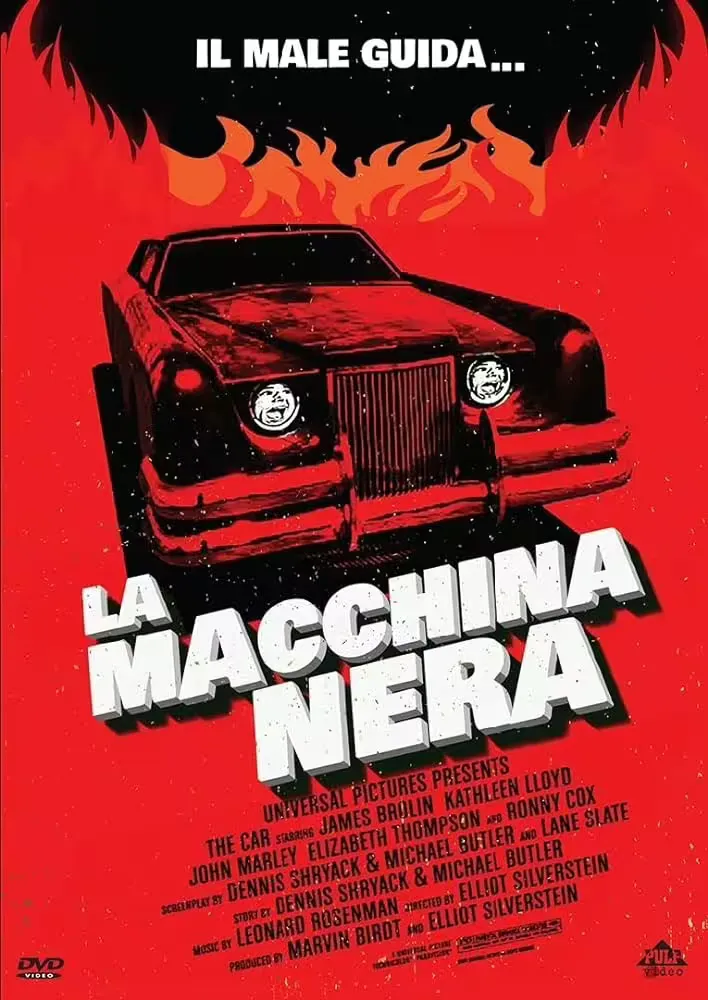Autopsy (The Autopsy of Jane Doe)
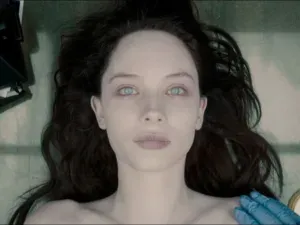 Autopsy (The Autopsy of Jane Doe)
Autopsy (The Autopsy of Jane Doe)
by André Øvredal (2016)
Forensic doctor Tommy Tilden and his son Austin perform an autopsy on the body of an unidentified young woman.
Quote.
“Every body hides a secret; some manage to do it better than others.”
“And some people are better at uncovering them.”
“You did a good job; you’ll get there.”
(Tommy & Austin Tilden)
 It was a dark and stormy night.
It was a dark and stormy night.
We are in Virginia. Tommy Tilden and his son Austin run a small morgue-crematorium in the basement of their home.
On the table, ready to be inspected, lies the intact body of an unidentified young woman. She was found at the scene of a particularly gruesome triple homicide.
Outside, a storm rages.
The situation quickly appears bizarre, almost frightening. Too many things don’t add up for the two expert doctors conducting the autopsy.
Why was that body at the crime scene?
Why does it appear perfectly intact on the outside, despite evident fractures and internal lacerations?
Why does the corpse have gray eyes?
But, most importantly, are the noises heard nearby all due to the storm?
And who is it that Austin saw walking in the morgue corridor, reflected in a mirror?
 Considerations.
Considerations.
André Øvredal, inspired by his own statement from “The Conjuring,” directs this original horror film that is anything but predictable.
Autopsy (The Autopsy of Jane Doe) is particularly memorable for the atmosphere it creates in bringing the narrated events to the screen. Everything is orchestrated by focusing on shadows, smoke, and the sound of the little bell attached to the corpses’ ankles. Fortunately, the jump scares are few and well-executed. The director prefers to rely on mystery and a macabre, ghostly setting. The mystery already appears in the name given to the body in examination: Jane Doe (the conventional name given to any unidentified female individual.)
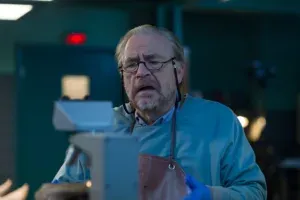 But the construction is original also because it uses a decidedly unconventional point of view, based on the scientific method. The autopsy is shown in a very analytical, almost documentary-like manner. It is commendable that the director chose not to overdo the special effects, which would have diminished the “real” effect of the scene.
But the construction is original also because it uses a decidedly unconventional point of view, based on the scientific method. The autopsy is shown in a very analytical, almost documentary-like manner. It is commendable that the director chose not to overdo the special effects, which would have diminished the “real” effect of the scene.
Autopsy (The Autopsy of Jane Doe) rests on a solid screenplay written by Richard Naing and Ian Goldberg, well-structured and crafted.
Also noteworthy is the performance of the two lead actors, both very expressive and perfectly immersed in their roles. Especially skilled at avoiding overly caricatured acting and maintaining the classic rigor of the man of science, even in the most inexplicable situations.
But Olwen Kelly, in the role of Jane Doe, also does an excellent job of maintaining an unsettling aura throughout the film.
 Conclusions.
Conclusions.
Autopsy is remembered for its originality in creating an unsettling atmosphere and an intriguing plot, blending elements of mystery, the supernatural, and body horror.
A haunting and memorable cinematic experience.
Absolutely worth watching.
 Subscribe to our YouTube channel
Subscribe to our YouTube channel

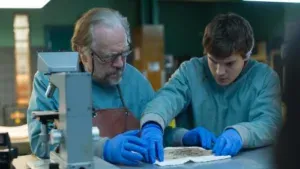 It was a dark and stormy night.
It was a dark and stormy night.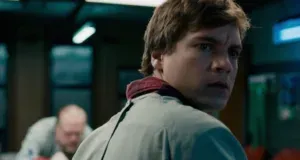 Considerations.
Considerations. Conclusions.
Conclusions.




